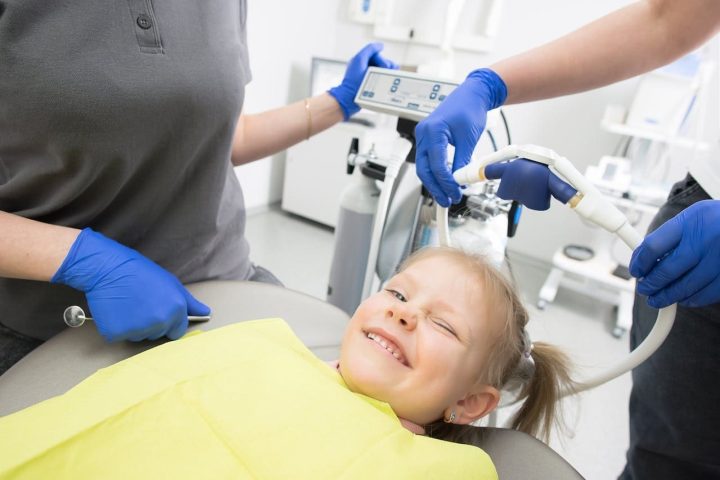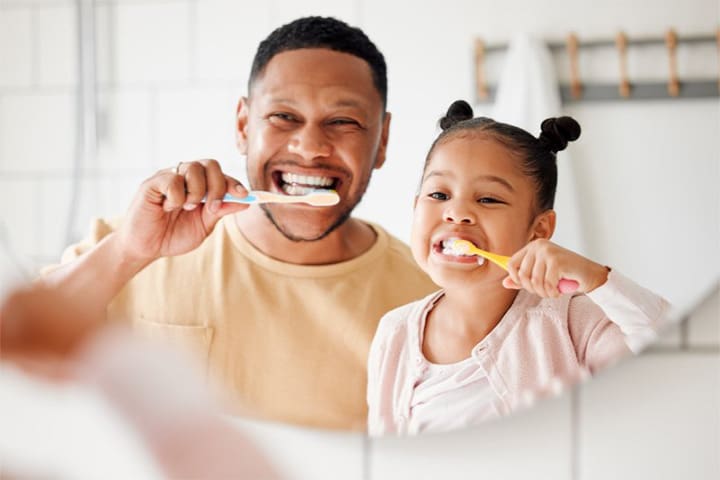As a parent, nothing is more important than the well-being and safety of your child. Dental emergencies can be unexpected, time-sensitive, and stressful situations, but with the proper knowledge and prompt action, you can minimize the risks and safeguard your child’s oral health. Waban Dental Group’s experienced pediatric dental team is here to guide and support you through these challenging moments. In this blog post, we provide a detailed guide for parents on handling pediatric dental emergencies, offering essential steps to take and precautions to follow for various types of dental emergencies.
By understanding the appropriate course of action when faced with a dental emergency, you can act confidently and swiftly, ensuring that your child receives the necessary care to preserve their overall oral health. Preparedness is key – let our expert team help you navigate these emergency situations with this comprehensive guide.
Recognizing Common Dental Emergencies in Children
Being able to identify the signs of a dental emergency can make a significant difference in your child’s treatment outcome. Some common dental emergencies that children may experience include:
1. Severe toothache
2. Chipped or broken tooth
3. Knocked-out permanent tooth
4. Partially dislodged permanent tooth
5. Injuries to the lips, gums, or cheeks
6. Broken dental appliances or braces
Understanding the appropriate steps to take for each situation is critical in preserving your child’s oral health, minimizing the risk of complications, and ensuring a successful recovery.
Steps for Handling Dental Emergencies
1. Handling Pediatric Dental Emergencies: A Parent’s Guide
In the case of a severe toothache, rinse your child’s mouth with warm water to help clean the affected area. If swollen, apply a cold compress to the outside of the cheek or mouth near the affected area. Administer a child-appropriate over-the-counter pain reliever to ease discomfort. Avoid applying heat or making the child lie down, as this may worsen pain. Schedule an appointment with your child’s pediatric dentist as soon as possible, as toothaches can indicate underlying dental issues requiring timely attention.
2. Chipped or Broken Tooth: Saving Fragments and Preventing Infections
If your child has chipped or broken a tooth, collect any fragments if possible, and have your child rinse their mouth with warm water. Store the collected fragments in a clean container filled with milk or saline solution. If bleeding, gently apply gauze or a clean cloth with light pressure to the area for 10-15 minutes or until the bleeding stops. Arrange an emergency dental appointment for your child to address the broken tooth and minimize infection risk.
3. Knocked-Out Permanent Tooth: Maximizing Reimplantation Chances
For a knocked-out permanent tooth, locate the tooth and pick it up by the crown (not the root) to minimize damage. If dirty, gently rinse the tooth with water, but do not scrub or remove attached tissue fragments. Attempt to place the tooth back in its socket, ensuring it is facing the correct direction. If this is not possible or unsafe, have your child hold the tooth in their mouth between the gums and cheek, or store the tooth in milk, saline solution, or a tooth-preserving product. Time is of the essence in these situations – contact your child’s pediatric dentist immediately, as the chances of successful reimplantation decrease after 30 minutes.
4. Partially Dislodged Permanent Tooth: Stabilizing the Tooth
A partially dislodged permanent tooth requires immediate dental care. Keep your child as calm as possible and instruct them not to touch or wiggle the tooth. Schedule an emergency dental appointment and bring your child to the pediatric dentist for proper stabilization and treatment.
5. Injuries to the Lips, Gums, or Cheeks: Managing Bleeding and Pain
Clean the affected area gently with a damp, soft cloth and apply direct pressure using gauze or a clean cloth to minimize bleeding. If swelling occurs, use a cold compress outside the affected area for 5-10 minutes. Administer a child-appropriate over-the-counter pain reliever to alleviate discomfort. If bleeding does not stop or is severe, seek emergency medical care.
6. Broken Dental Appliances or Braces: Preventing Further Injuries
If your child has broken dental appliances or braces, contact your child’s orthodontist immediately. Wax or cotton can be placed on any sharp or protruding edges to prevent injury to your child’s mouth, cheeks, or gums until the orthodontist can address the issue.
Prevention of Pediatric Dental Emergencies
While dental emergencies cannot be completely eliminated, implementing precautionary measures can minimize their occurrence:
1. Encourage your child to wear a mouthguard during sports activities.
2. Discourage habits that may cause dental injuries, such as chewing on hard objects, opening packages with teeth, or rough playground behavior.
3. Schedule regular dental checkups for your child to monitor and address any oral health issues in their early stages.
In the Event of an Emergency: Trust Waban Dental Group’s Pediatric Dental Team
A dental emergency can be a stressful, uncertain experience for both parents and children. Arming yourself with the knowledge and guidance provided in this comprehensive guide empowers you to act confidently and effectively when faced with various pediatric dental emergencies. At Waban Dental Group, our dedicated pediatric dental team understands the importance of addressing these emergencies with urgency, compassion, and expertise, ensuring your child’s well-being and safety remain our top priority.
Waban Dental Group – Pediatric Dentistry & Orthodontic’s experienced team of emergency dentists in Auburndale is your trusted partner in handling dental emergencies. Our compassionate and skilled staff ensure that your child receives prompt, effective care, helping to alleviate pain and address any underlying dental issues. Let us help navigate these challenging situations and support your child’s journey towards a lifetime of optimal oral health. Schedule an appointment with us today, and let us guide you through the best practices for managing pediatric dental emergencies with confidence!









